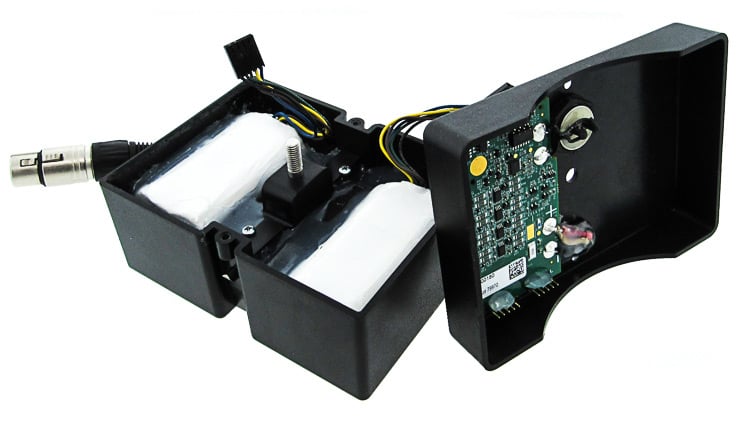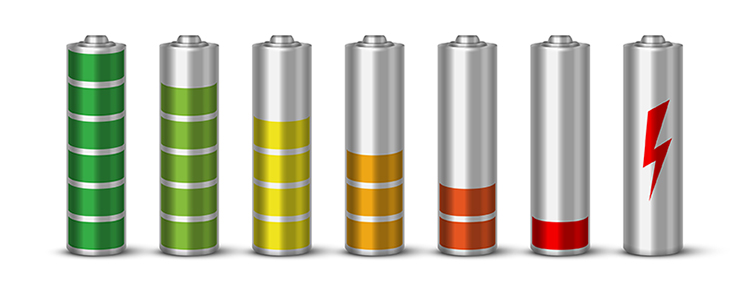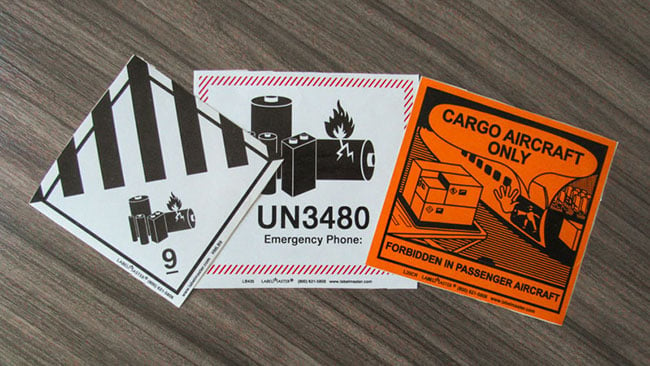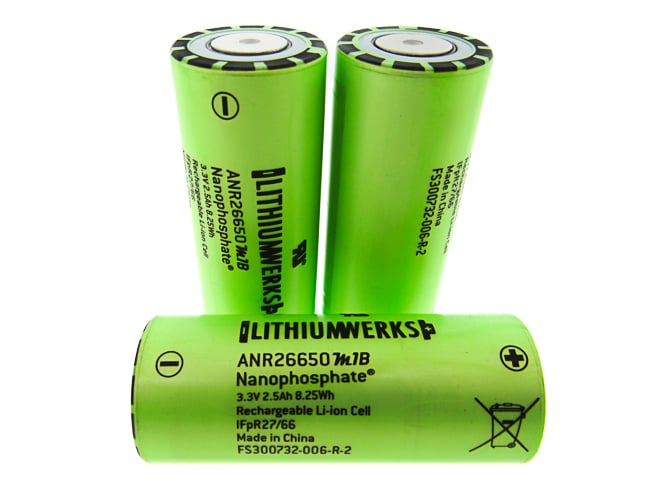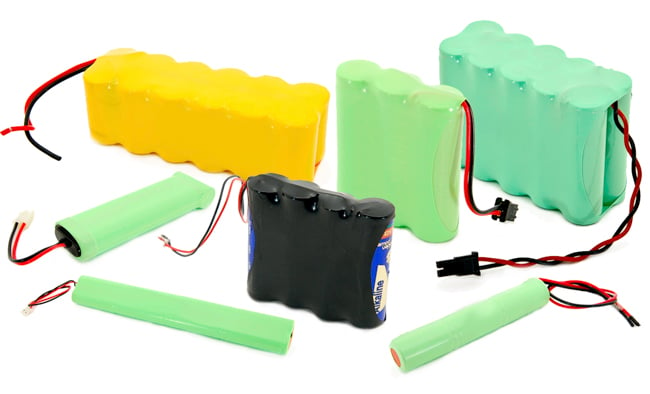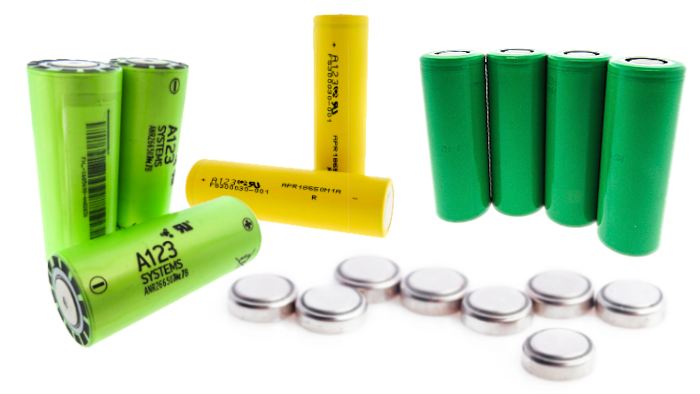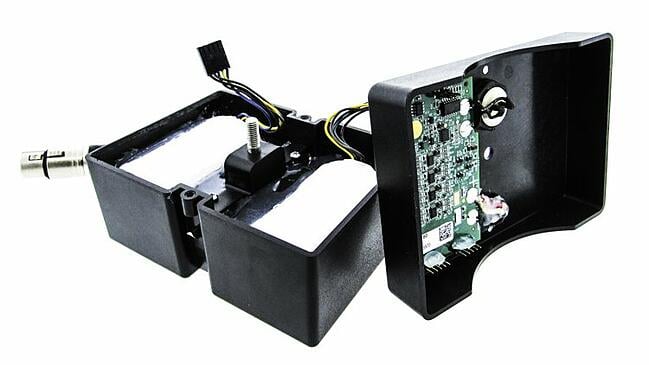Battery pack design and development can be a complex process based upon the power needs of the application. Due to the multiple steps that go into creating a battery pack, we try to work with customers from the concept stage to learn about the project's details regarding the application's power needs, size of the battery pack, and specific components that will be added. We will also need time to acquire the materials for the battery pack, to create the prototyping, and to acquire the certifications that may be necessary based on the chemistry of the battery.
Anton Beck

Recent Posts
Inductive charging is the process of charging an object without any contact between it and any sort of charger or another charged object, and it can seem like magic. With no wires or visible connections, devices gather a full charge, so how is this possible?
If anyone questions why there's concern about transporting lithium batteries, refer them to the Federal Aviation Administration. Between March 20, 1991, and April 1, 2019, they logged 254 airline and airport incidents where a lithium battery either started smoking, caught fire, or exploded.
Rechargeable batteries are everywhere. From the laptops we type on to the portable medical equipment used to perform examinations or provide health record information, rechargeable batteries help to provide products and services to make our lives better. However, not many people know about what goes into recharging a battery in the correct manner, the right charger for certain battery chemistries, and where a battery management system (BMS) fits into the process.
At the conclusion of our webinar – Design Considerations for Lithium Batteries Used in Portable Devices – we had several questions submitted to our presenter, Battery Development Consultant Randy Ibrahim. We compiled these into a readable format on our blog.
Although they may not seem like much of a danger on a day-to-day basis, a lot of people don't realize that all batteries are technically considered to be hazardous by their nature when it comes to the topic of shipping them. This is why, if a consumer goes to the United States Post Office to ship a package, one of the first questions they're asked by a representative has to do with whether or not their parcel contains any items like batteries that could pose a problem during transportation.
When using power sources to run embedded components, it's not always simple to pop in a fresh set of batteries. Newer technologies, from smartphones to electric vehicles to portable power tools, require batteries that can hold a significant amount of energy, be lightweight enough to carry or move, and be safe for the user. Lithium batteries offer all these benefits for portable electronics, vehicles, medical equipment, and even grid energy storage.
Battery packs - especially rechargeable ones - are assets that we tend to take for granted until it's far too late. One minute your battery pack is operating at peak efficiency, the same as it always has. The next minute, it only lasts a fraction of the time it once did between charges and you just can't figure out why.
When we talk about battery backup power systems for commercial settings, most people think about companies in the telecommunications, utilities, and healthcare industries in need of emergency sources of power when the electricity goes out. Yet, small and large companies require backup batteries for a range of operations.
When you are designing a custom battery pack, it is always beneficial to understand the markets intended at the onset of the project. And as you would expect, a battery pack can be designed with several optional features that will ultimately add costs in the end. This blog post provides information on design while helping to keep costs aligned with your needs.


